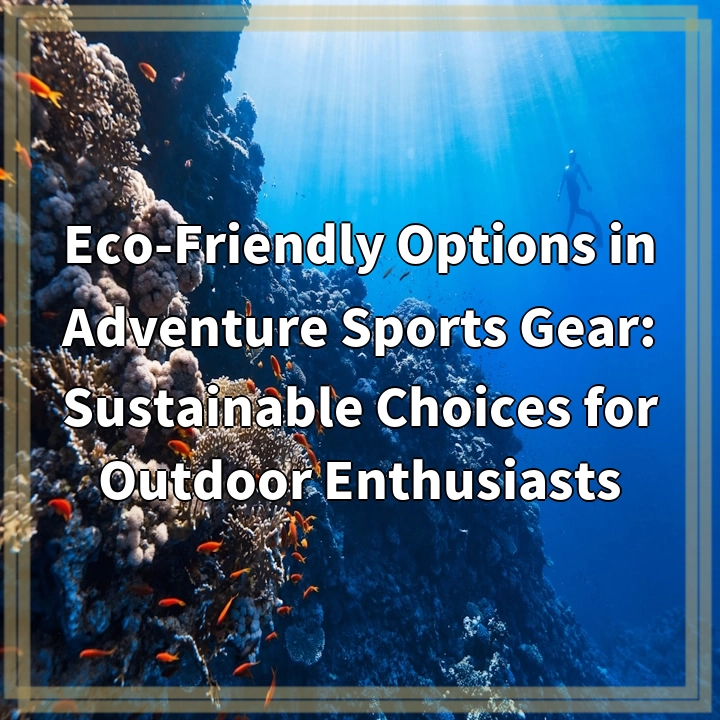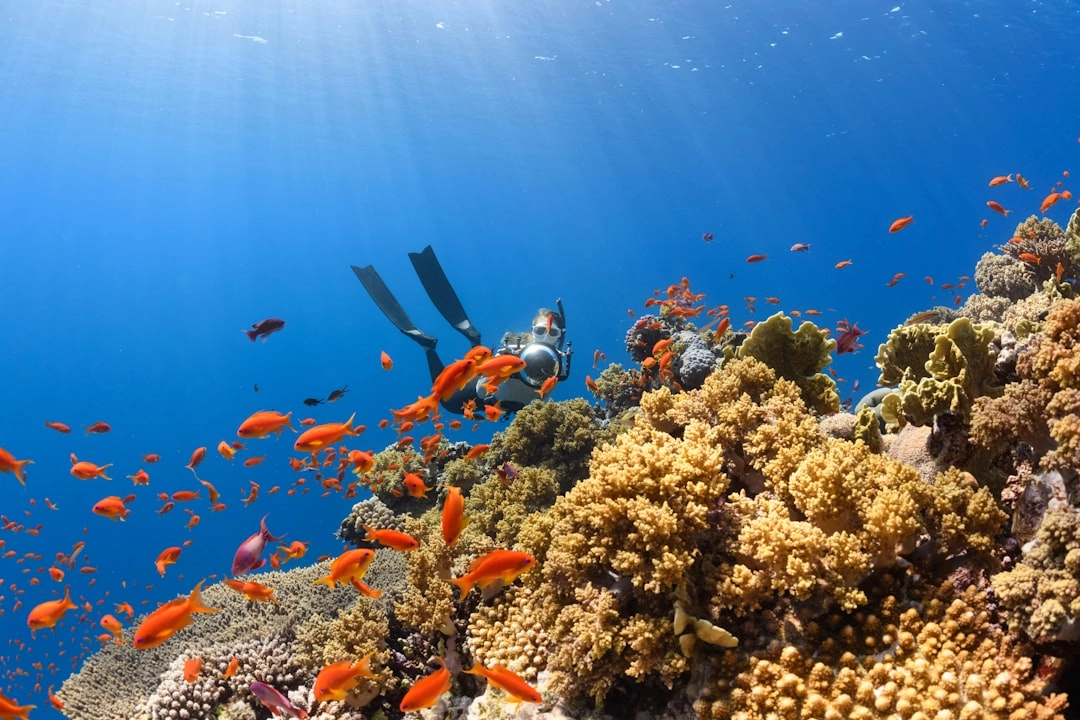
What it is:
Eco-friendly options in adventure sports gear refer to equipment and apparel designed to minimize environmental impact while catering to the needs of outdoor enthusiasts. This includes gear made from sustainable materials, produced through ethical manufacturing processes, and designed for durability to reduce waste. From biodegradable climbing ropes to recycled fabric tents, eco-friendly gear focuses on promoting sustainability without sacrificing performance or safety.
Key Features of Eco-Friendly Adventure Sports Gear:
1. Sustainable Materials: Eco-friendly gear often utilizes organic cotton, hemp, recycled plastics, and other sustainable materials that have a lower environmental footprint.
2. Ethical Manufacturing: Many brands prioritize fair labor practices and environmentally responsible production techniques, ensuring that their products are not only good for the planet but also for the people creating them.
3. Durability and Repairability: High-quality eco-friendly gear is designed to last longer, reducing the need for frequent replacements and minimizing waste.
Real-World Problems:
Despite the growing popularity of eco-friendly options in adventure sports gear, several real-world problems persist in the industry. One significant issue is the misconception that sustainable gear compromises performance. Many outdoor enthusiasts may avoid eco-friendly options due to doubts about their effectiveness compared to conventional gear, which can discourage broader adoption.
Manufacturing Challenges:
Creating sustainable gear can involve higher production costs, which may lead to higher retail prices. This can make eco-friendly options less accessible to a larger audience, especially budget-conscious adventurers who may opt for cheaper, conventional alternatives.
Waste and Disposal Issues:
Even with durable products, the adventure sports industry often produces a significant amount of waste, particularly when it comes to discarded gear. Many outdoor enthusiasts may be unaware of proper disposal methods for their equipment, which can lead to increased pollution and waste in landfills.
Lack of Awareness:
There is still a significant lack of awareness regarding the environmental impact of conventional adventure sports gear. Many consumers may not consider the ecological consequences of their choices, leading to continued demand for less sustainable options.
Overall, while there are promising eco-friendly alternatives available for adventure sports enthusiasts, addressing these real-world problems is essential for fostering a more sustainable approach to outdoor activities.

Solutions for Eco-Friendly Options in Adventure Sports Gear
To overcome the challenges associated with eco-friendly adventure sports gear and promote a more sustainable culture among outdoor enthusiasts, several solutions can be implemented. These solutions focus on enhancing awareness, improving accessibility, and fostering innovation in manufacturing practices.
1. Increase Awareness and Education
Outdoor brands and organizations can launch campaigns to educate consumers about the benefits of eco-friendly gear and the environmental impacts of conventional options. Offering workshops, informational resources, and engaging social media content can help consumers make informed choices.
2. Promote Sustainability Standards
Establishing industry-wide sustainability standards can encourage manufacturers to adopt eco-friendly practices. By creating certifications for sustainable products, consumers can easily identify gear that meets high environmental and ethical standards.
3. Improve Accessibility and Affordability
To make eco-friendly gear more appealing, brands can explore strategies to reduce production costs, such as using alternative sustainable materials or improving efficiencies in the manufacturing process. Additionally, offering a range of price points can help attract budget-conscious consumers.
4. Encourage Repair and Reuse
Developing initiatives that encourage gear repair and reuse can significantly reduce waste. Brands can offer repair services, create communities for gear swapping, and promote DIY repair tutorials to help enthusiasts extend the life of their equipment.
5. Foster Innovation in Design
Promoting research and development in sustainable materials and designs can drive innovation within the industry. Collaborations between brands, environmental organizations, and research institutions can lead to improved eco-friendly products that meet high performance and durability standards.
By implementing these solutions, the adventure sports industry can pave the way for a more sustainable future, encouraging outdoor enthusiasts to make eco-conscious choices while enjoying their passion for the great outdoors.















